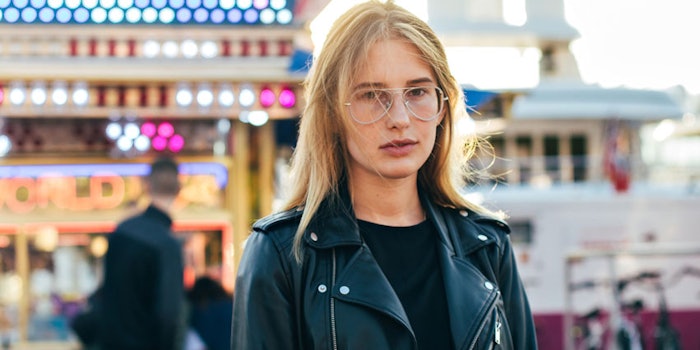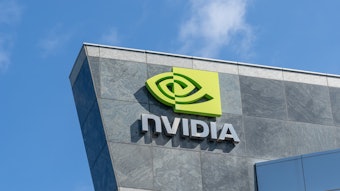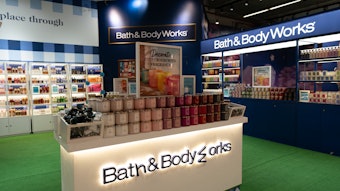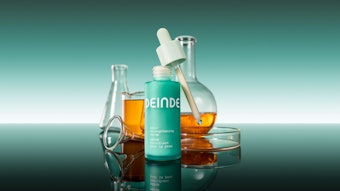
In 2019, marketers should avoid falling victim to “influencer waste” aka what happens when brands spend large budgets on partnering with influencers without having a measurement framework in place for influencer selection and investment optimization.
The relationship between influencer marketing and the beauty industry predates the advent of social media. From professional hair salons to employees working at the local beauty shop, word-of-mouth recommendations from trusted connections were the original channels for influencer marketing.
But as other outlets such as macro influencer endorsements across social media platforms—most notably Instagram—began to gain momentum, the beauty industry shifted towards a transactional strategy. Brands started paying beauty influencers who have massive credibility among their audience for one-off “influential” posts to boost brand visibility and influence consumers to purchase the products they post about on their Instagram or use in their hair and makeup tutorial on YouTube.
There is no one-size-fits-all strategy when it comes to influencer marketing, but one thing is for sure, no influencer should receive investment solely based on their potential to reach a large audience.
While this behavior can buy short terms gains, as the beauty and cosmetics industry evolves, so does its relationship with influencers - especially as these key players become more increasingly important in driving awareness and sales.
Learning from Past Mistakes
In fact, a recent report shows that influencer marketing is effective for 98% of the beauty industry. With the global beauty market also projected to reach $805.61 billion by 2023, it’s no surprise that beauty brand marketers will continue to adopt influencer marketing as a strategy to launch campaigns and bring in more engaged, loyal consumers.
To succeed, however, brand marketers must learn from past mistakes, which often resulted in inauthentic relationships and disappointing ROI.
There is no one-size-fits-all strategy when it comes to influencer marketing, but one thing is for sure, no influencer should receive investment solely based on their potential to reach a large audience. Brand marketers must do their due diligence when selecting to work with influencers based off many factors that contribute to the success or failure of their campaign.
3 Ways to Stop Influencer Waste
1. Focus on building authentic relationships with influencers and measure the impact of paid and earned influence
The relationship between long-term, authentic relationships and ROI is real. If you approach an influencer for a one-off campaign, you may see a spike in mentions, but the impact will be short-lived.
Rather than using influencers as ad campaigns, Urban Decay, for example, focused on cultivating relationships with their influencers over the long haul. By building a relationship with beauty influencer Melissa Alatorre, she was able to produce exceptional content that was more impactful for the brand.
In a recent conversation with Taylor Hiskey, social media director for the brand, she explained that they measure the value of a relationship with an influencer based on the earned activity generated outside of official campaigns. For years, Alatorre has been able to deliver measurable results across paid, earned and owned on a consistent basis for Urban Decay.
2. Identify influencers who resonate with your brand and audience
One of the most important factors to consider when selecting influencers is the crossover between their personal brand and your brand identity, and whether they reach the audience you believe will buy your product.
To understand whether the influencer is the right fit, brands need to identify the voice of the influencer, audience relevance and the quality of the engagement.
With over 34 brands in 150 countries, L’Oréal was faced with the challenge of identifying the right types of influencers on a local level that resonated with each brands’ audience.
L’Oréal approached their influencer marketing strategy by understanding each brand’s ecosystem to identify which influencers resonated more within their demographic. This helped them determine which influencer made sense to work with based off a brand’s target audience, their content and audience relevance.
For example, Lancôme caters more to the luxury shopper, so L’Oréal found that a well-known celebrity influencer like Chiara Ferragni made more sense to be a partner of the brand.
3. Leverage influencer performance data for influencer selection
Traditionally, many brands placed heavy importance on the influencer’s clout rather than the actual engagement with their audience. However, this is a false perception that many brands have come to realize and have already started shifting their focus on the amount and type of interaction the influencer has with their audience.
Premium hair care brand amika, for example, took their influencer marketing strategy up a notch for their relaunch in Sephora by using a data-driven influencer selection and evaluation approach.
Amika partnered with influencers whose audiences regularly shop at Sephora and who consistently produce strong engagement among their audiences to create content that resonated with a range of potential customer personas across various demographics such as different ages, hair types and creative styles.
The results exceeded their expectations by increasing brand awareness and engagement goals, ultimately correlating with high sales in-stores and online.
The Changing Landscape of Influencer Marketing
Beauty brands will continue to advance the sophistication of their influencer marketing programs in 2019. Brands that realize the changing landscape of influencer marketing and the greater need for data will stay competitive in the industry and build relationships with customers for many years to come.
Based in San Francisco, Pierre-Loïc Assayag is the founder and CEO of Traackr.











